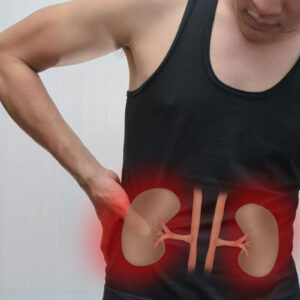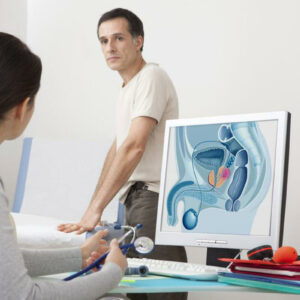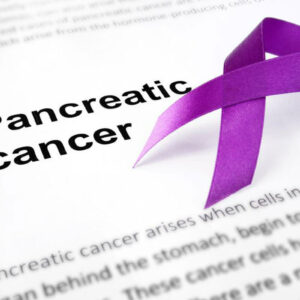
01
Enlarged Prostate Symptoms to Watch Out For
Most men are unaware of enlarged prostate symptoms. Learn what to watch out for to get early and effective treatment. The prostate gland is a gland that is the size of a walnut which surrounds the neck of the urinary bladder (urethra), and is located in front of the rectum and behind the bladder among males. The prostate helps in the production of semen, and is also responsible for carrying the sperm from the testicles during ejaculation. When the prostate gland grows in size, it creates an obstruction for the urethra, thereby posing difficulties while urinating. The size of the prostate gland increases with age, especially after the age of 40-50 years or so. In certain men, this problem may start at an earlier stage and may also result in an abnormally large growth of the prostate. This condition is medically termed as ‘benign prostate hyperplasia’ (BPH). Blockage caused due to the enlarged prostate can also cause urinary tract infections that could eventually lead to damage of the kidney or bladder. There are various enlarged prostate symptoms that you need to watch out for. If you notice one or more of these enlarged prostate symptoms, seek medical help immediately to avoid any further complications. The following are the enlarged prostate symptoms that must never go unnoticed: Nocturia Sleeping patterns change with age, and as one gets older, you may face difficulties in sleeping, for reasons unknown. Nocturia is a condition where the patient gets up more than two to three times in the night for urination. Disturbance or lack of sleep due to the frequent need to urinate is one of the initial enlarged prostate symptoms. Increased frequency of urination Early enlarged prostate symptoms include frequent visits to the toilet in the day. The frequency increases especially in the middle of the night.
Read More 










